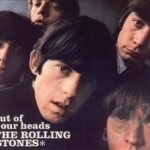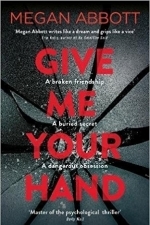Johnny Marr recommended Out of Our Heads by The Rolling Stones in Music (curated)
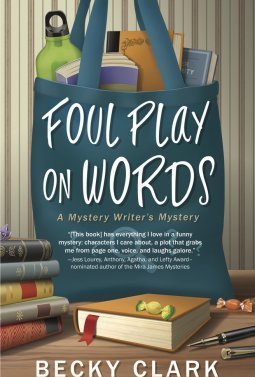
Foul Play on Words
Book
Between a kidnapping, a double booking, and a crew of hapless volunteers, Charlee is worried the...
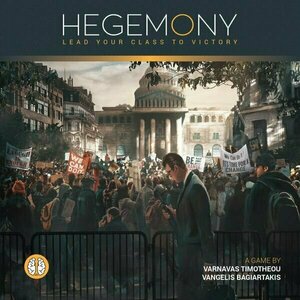
Hegemony: Lead Your Class to Victory
Tabletop Game
The Nation is in disarray and a war is waging between the classes. The working class faces a...
Kristy H (1252 KP) rated Give Me Your Hand in Books
Mar 10, 2019
So, I wasn't sure I was going to enjoy this one as I started it, but it grew on me. It's not really a pleasant read, at all, and none of the characters are ones you'll really love, but it's very compelling and there's a slow, foreboding creepiness that keeps you reading. I read this one quickly, as it's dark, twisty, and intense and very easy-to-read (as in, a page-turner, not the subject matter).
"My mom always say, you don't have a self until you have a secret." ~Diane
The novel flips between the "then" and "now" format, with Kit narrating to us. It's a female-centered book, and it easily depicts women's uphill battle in the workplace. It also shows the complicated feelings of our female characters: Kit has a lot of thoughts. Her struggle from a poor high school student to doctor is a fascinating one, even if I found her hard to empathize with. You won't necessarily agree with a lot of these characters' (sometimes outlandish) choices, but you'll find them oddly fascinating. I enjoyed how the novel delved into the darkness of friendship--and some of the competition that can come with it. Diane and Kit's relationship is dark and intense, as is the entire novel, really. The secrets that layer this book unravel slowly and eerily, and it really does keep you reading.
I especially thought this one was redeemed or bolstered by its ending; often a thriller is so good and then deflates at the end, but I actually thought this one got a little better at the end. The ending is really well-done, and I didn't feel let down whatsoever.
Overall, this is a dark, intense, and compelling psychological thriller. It's not exactly packed with loveable characters, but they are flawed, interesting, and--at times--quite creepy. You'll be drawn in by its twisty plot and complicated portrayal of friendship and secrets.

Open English
Education
App
The Open English iOS app! Open English is now with you wherever you go. The Open English App allows...

Learn French Words & Phrases
Education and Games
App
Vocabulary Trainer for Learning French: Learn to Speak French for Travel, Business, Dating, Study &...
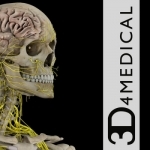
Brain & Nervous System Pro III
Medical and Education
App
*** ***** ON SALE FOR A LIMITED TIME ***** *** BRAIN AND NERVOUS SYSTEM PRO III - AWARD WINNING...
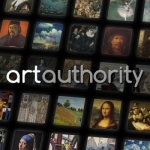
Art Authority for iPad
Art & Design, Education and Reference
App
"Best iPad Reference App" -- App Store editorial team. Art Authority for iPad transports you to an...
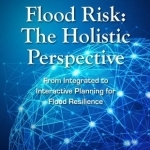
Flood Risk: The Holistic Perspective
Zoran Vojinovic and Jingmin Huang
Book
According to the International Disaster Database (EM-DAT), over the last seventy years, floods have...

LDOCE Plus - Longman Dictionary + Activator
Reference and Entertainment
App
Support for iOS7 through iOS10! ● runs on your older devices too. More features than any other...
